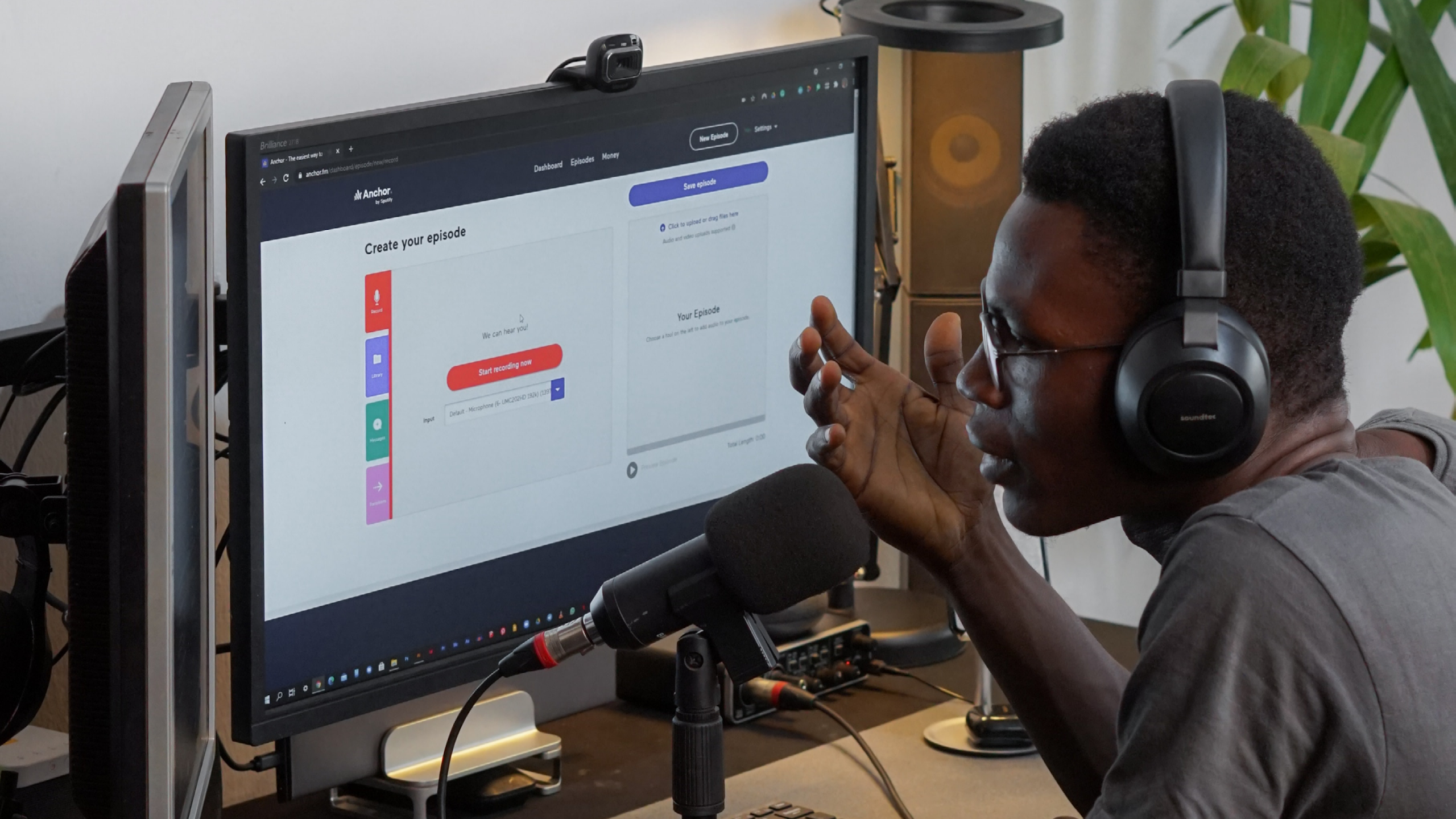Ensuring Quality: Best Practices for Reliable and High-Quality Live Streaming
Share:
Internet Connection and Bandwidth
A stable and reliable internet connection is the first step for a successful live stream. Ensure that you have a high-speed internet connection with sufficient upload bandwidth to handle the data transfer requirements that streaming demands. Consider using a wired connection instead of Wi-Fi, as it tends to provide a more stable connection. Conduct regular speed tests to monitor your internet connection and fix any issues promptly.
Lighting and Audio
Good lighting and audio quality are essential for creating a professional and engaging live streaming experience. Ensure that your streaming area is well-lit, with lighting that enhances visibility and eliminates shadows or glare. Invest in a good microphone or audio setup to deliver clear and high-quality sound to your viewers. You should consider using a separate microphone instead of relying on the built-in microphone of your camera or computer for improved audio.
“Viewers abandon poor quality live streams in 90 seconds or less.””
Source: https://www.techradar.com/news/how-to-ensure-a-full-live-streaming-experience
Test Your Stream
Before going live, always perform tests to ensure that your stream is working as it should. Check the video and audio quality and confirm that any overlays or graphics are displaying properly. Monitor your stream during the broadcast to catch any issues early on and adjust it if necessary. Remember to pay attention to viewer feedback and address any technical issues to maintain a smooth streaming experience.
Plan and Prepare
Planning and preparing your content ahead of time can significantly improve the quality of your live streams. Develop a clear outline or script of what you'd like to cover. Consider having extra visuals, pre-recorded videos, or images ready to enhance the visual experience. This preparation will help you deliver a well-structured and organized stream, keeping your audience engaged throughout the broadcast.
Engage with Your Audience
Engagement is a vital aspect of live streaming. You should encourage viewers to interact with you through live chat, polls, or Q&A segments. Respond to their comments, questions, and feedback during the stream to build a sense of connection and community. Acknowledge and appreciate your audience's presence to make them feel valued and engaged. Active engagement helps build a loyal following and improves the overall quality of the live stream.
Seek Feedback
Seek feedback from your audience through surveys, social media, or direct messaging. Feedback can help you identify areas for improvement and enable you to create your future live streams to better meet the expectations of your viewers.
Ensuring Quality
Delivering a reliable and high-quality live streaming experience requires careful attention to technical aspects, content prep, and audience engagement. Embrace the best practices and continuously strive to improve your streaming setup and content delivery. Remember, a reliable and high-quality live streaming experience not only keeps your viewers engaged but also helps you build a loyal and growing audience. Let's get streaming!



